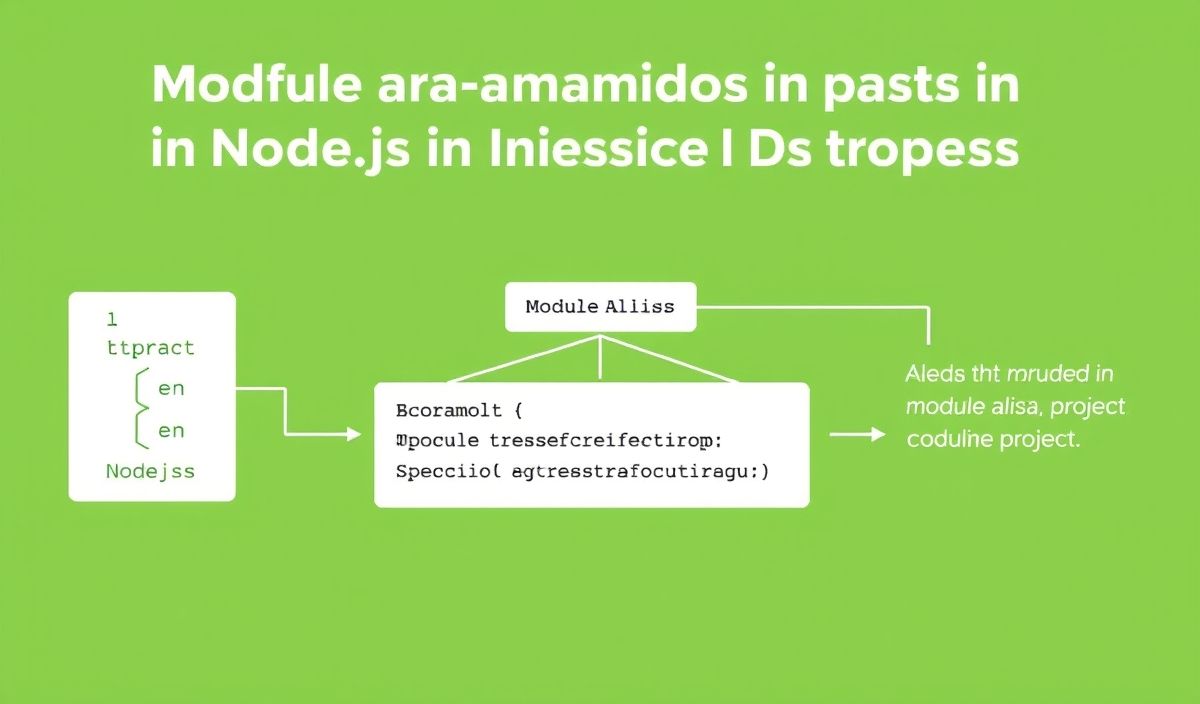Introduction to node2vec
The node2vec algorithm is a popular machine learning technique used for learning continuous feature representations for nodes in graphs. It leverages random walks and word2vec techniques to map nodes to a low-dimensional space of features that maximize the likelihood of preserving network neighborhoods. This blog post will provide an in-depth overview of node2vec, along with dozens of useful API explanations and code snippets that showcase its functionalities.
Installation
Before diving into the code, you need to install node2vec using pip:
pip install node2vec
Importing Required Libraries
Let’s start by importing the necessary libraries:
import networkx as nx from node2vec import Node2Vec
Creating a Graph
Here is an example of creating a simple graph using NetworkX:
G = nx.fast_gnp_random_graph(n=100, p=0.5)
Generating Node Embeddings
Use the node2vec API to generate embeddings:
node2vec = Node2Vec(G, dimensions=64, walk_length=30, num_walks=200, workers=4) model = node2vec.fit(window=10, min_count=1, batch_words=4)
Saving and Loading Model
Save your model for future use:
model.wv.save_word2vec_format('embeddings.emb')
Load a previously saved model:
from gensim.models import KeyedVectors
embeddings = KeyedVectors.load_word2vec_format('embeddings.emb')
Visualizing Node Embeddings
Visualize node embeddings using a 2D plot:
from sklearn.decomposition import PCA
import matplotlib.pyplot as plt
pca = PCA(n_components=2)
result = pca.fit_transform(embeddings.vectors)
plt.scatter(result[:, 0], result[:, 1])
for i, word in enumerate(embeddings.index_to_key):
plt.annotate(word, xy=(result[i, 0], result[i, 1]))
plt.show()
App Example with Multiple APIs
Here is an example of a simple app that uses the node2vec to recommend similar nodes:
from flask import Flask, request, jsonify
app = Flask(__name__)
# Load graph and model
G = nx.fast_gnp_random_graph(n=100, p=0.5)
node2vec = Node2Vec(G, dimensions=64, walk_length=30, num_walks=200, workers=4)
model = node2vec.fit(window=10, min_count=1, batch_words=4)
@app.route('/recommend', methods=['GET'])
def recommend():
node = request.args.get('node')
if node and node in model.wv:
similar_nodes = model.wv.most_similar(node, topn=5)
return jsonify(similar_nodes)
return jsonify([])
if __name__ == "__main__":
app.run(debug=True)
This simple Flask app demonstrates how you can use node2vec-generated embeddings to build a recommendation system. Users can query the app with a node, and it will return a list of similar nodes.
Hash: 85a20e449b14b844ea7e4e9612fde6c8aef694ea0c383eac6fbf6ccdb1e31c10




